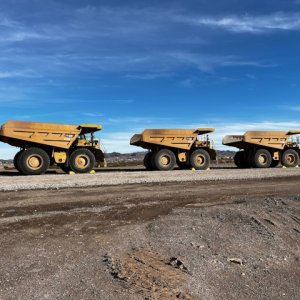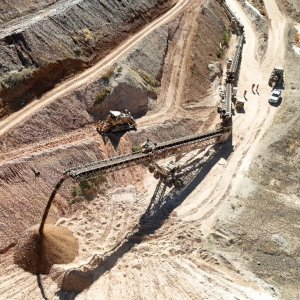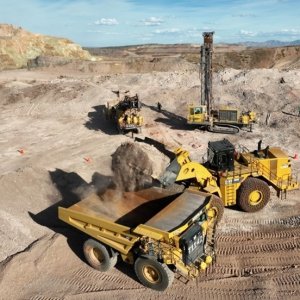Canadian Experience Brought to Mexico

STORY INLINE POST
The mining downturn had a global impact but according to Dino Lombardi, Vice President of Development at G4 Drilling, the tough years affected operations in Mexico much more than Canada. “A few years ago, Mexico represented almost 80 percent of our revenues but in the last few years we have made a much greater push toward Canadian clients,” he says.
In terms of exploration investment, Mexico dropped to seventh place globally in 2015 with US$491 million, ranking behind Canada, Australia, the US, Chile, Peru and China. G4 Drilling’s market share in Mexico subsequently waned in 2016 to just 30-35 percent. Now that the industry is showing signs of recovery, Lombardi wants to increase that to 50 percent.
He says that diversification is key to surviving in a cyclical industry like mining. And the company has not only diversified in terms of location, but also in terms of its technology as it sets its sights on rolling out a drilling and blasting division for open-pit operations in Mexico. “In Canada, we already have 25 percussion machines and an engineering department taking care of drilling and blasting in mainly lithium and iron ore mines,” says Lombardi. “We want to diversify from exclusively exploration activities and move more toward mine operations.” The general rule in mining is, when prices drop, the first expense to be cut is drilling and exploration, so diversification demonstrates G4 Drilling’s long-term view of a cyclical market.
The company also has a wide range of services, offering everything from diamond drilling for exploration and subsurface diamond drilling. Although for the last few years the highest demand was seen in portable machines, conventional diamond drilling has made a comeback in the last year, which is a sure sign the exploration sector is picking up speed. “In fact, portable machines only account for 5 percent of our machines in the field in Mexico right now,” says Lombardi.
The uptick is forcing drilling companies to differentiate themselves so that they can win the all-important contracts that are becoming available. But Lombardi believes the expertise G4 Drilling has accumulated in Canada will stand the company in good stead. “We have a great deal of experience in Canada in deep drilling and in difficult ground so we have developed quite a knowledge base,” he says. These are the kinds of projects in which the company can specialize in Mexico, working on technically challenging sectors in difficult terrain and high-risk areas.
Alongside these isolated areas in which G4 Drilling can bring unique experience is the challenge of access to water. Drilling is naturally water intensive since every diamond drill must run water through the system to ensure the drill bit remains cool and lubricated. According to the Commission for Environmental Cooperation (CEC), 30 percent of the rural population in Mexico does not even have access to drinking water, so accessing the precious resource for drilling can be challenging.
In response, G4 Drilling has developed systems whereby it recycles a large percentage of the water it uses for drilling, which not only benefits the environment but also reduces costs and the need for manual labor. “Along with the positive environmental impact comes segregation of the drill cutting so it can be managed better onsite or offsite,” Lombardi says. There is also less of a need for water to be trucked in, therefore cutting CO2 emissions from fuel consumption on projects.
But there is one challenge Lombardi has seen in Canadian operations that has not yet reached Mexico. He warns that, depending on the sector’s growth, human capital could soon become an issue. “In Canada, we have difficulty in sourcing sufficiently qualified manpower,” he says. “Because there was such a long slump, the workforce we require is no longer available.”
As a consequence, inexperienced staff is employed, meaning higher costs and less production. These costs are inevitably passed on to exploration companies. “If the upward trend continues in Mexico, the industry could face the same problem unless it is proactively addressed,” says Lombardi.























